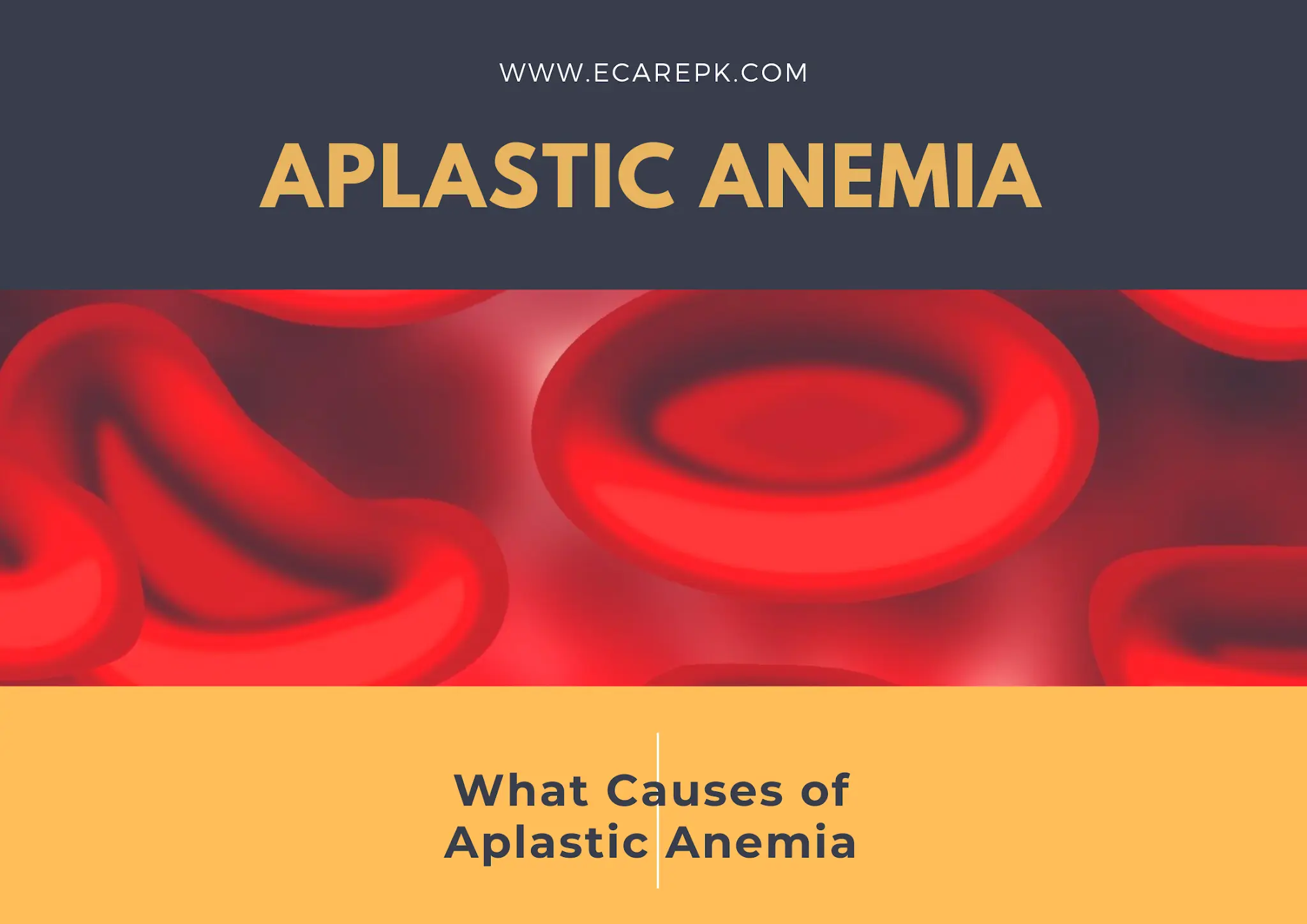Can Aplastic Anemia be Cured?
Sometimes
Treatment options aim to restore normal blood cell production; outcomes depend on the severity of aplastic anemia and response to treatment

What is Aplastic Anemia?
Aplastic anemia is a rare condition where the bone marrow fails to produce enough blood cells, including red blood cells, white blood cells, and platelets. It can lead to fatigue, infections, and bleeding. Treatment may involve medications, blood transfusions, and, in some cases, bone marrow transplantation.

Clinical Aspects

Characteristics
Blood disorder characterized by a failure of the bone marrow to produce enough blood cells

Symptoms
Fatigue, weakness, increased risk of infections and bleeding

Diagnosis
Blood tests, bone marrow biopsy, exclusion of other causes

Prognosis
Variable, depends on the severity of bone marrow failure

Complications
Infections, bleeding disorders, complications related to low blood cell counts
Etiology and Treatment

Causes
Immune system dysfunction, exposure to toxins, genetic factors

Treatments
Blood transfusions, bone marrow transplant, immunosuppressive therapy

Prevention
Blood transfusions, bone marrow transplant, immunosuppressive therapy
Public Health and Patient Perspectives

Epidemiology
Rare disorder characterized by the failure of the bone marrow to produce blood cells

Patient Perspectives
Immunosuppressive therapy, bone marrow transplantation as needed
As always, consult with healthcare professionals for personalized advice and care.
Share: